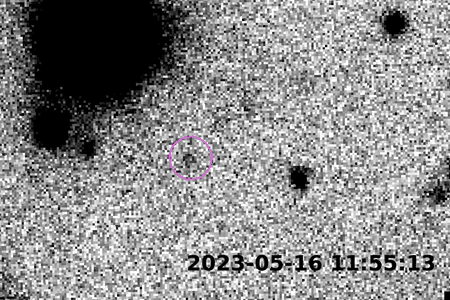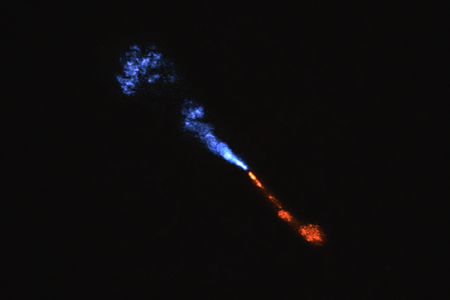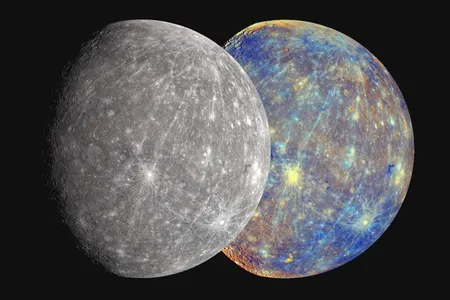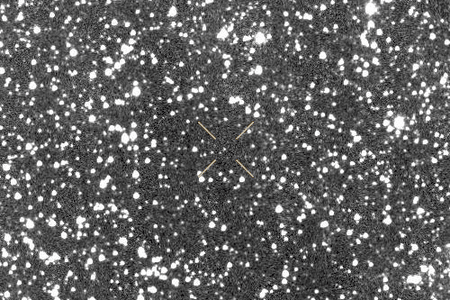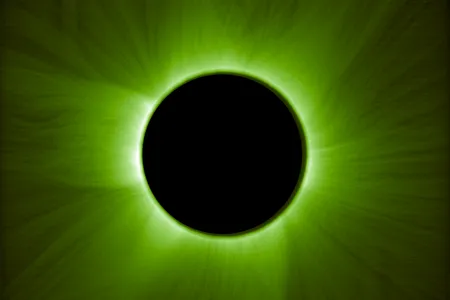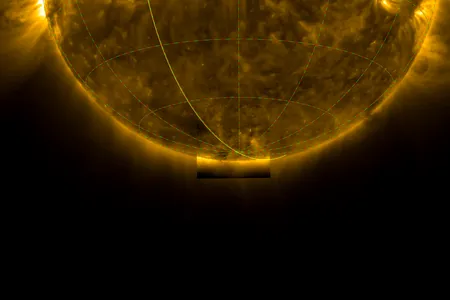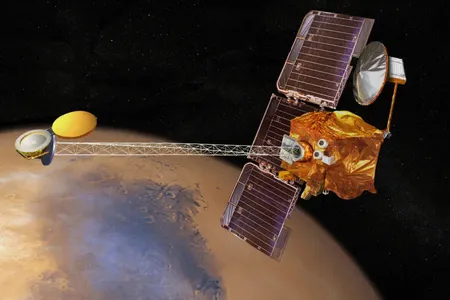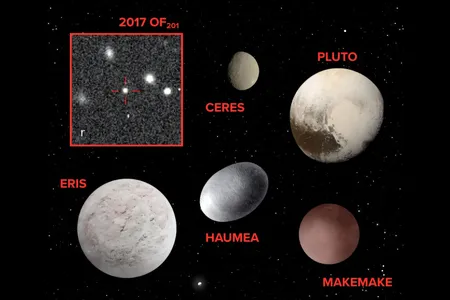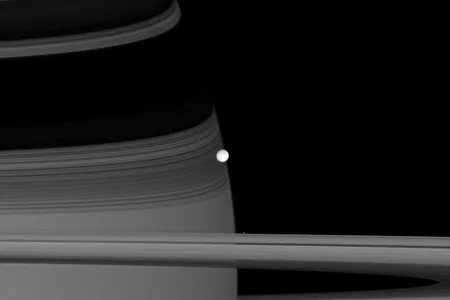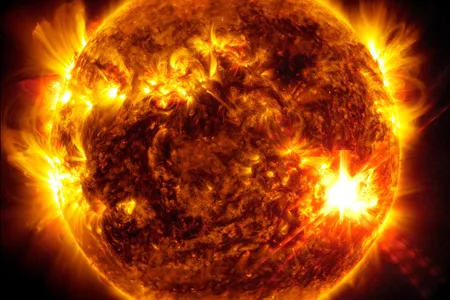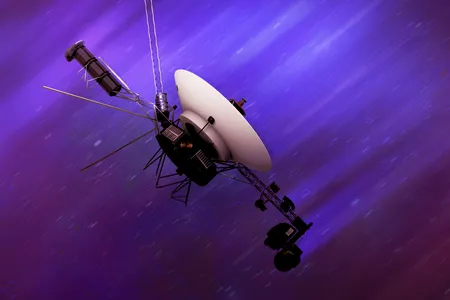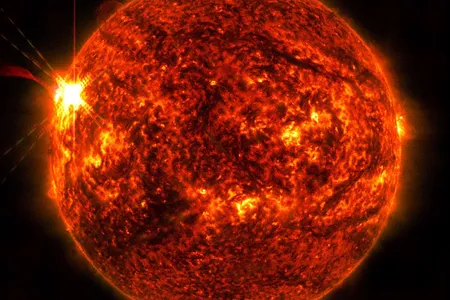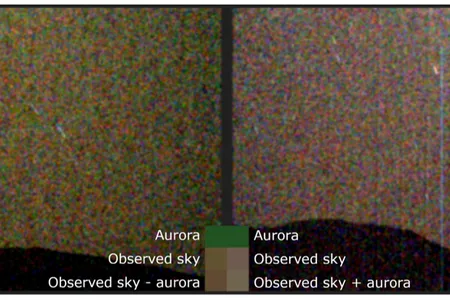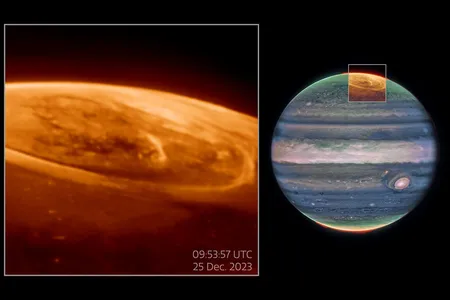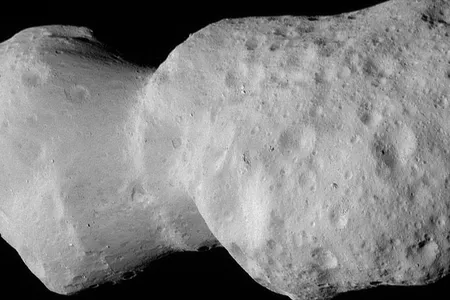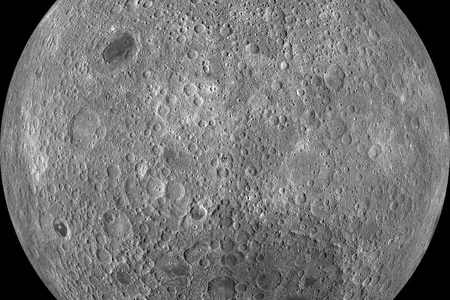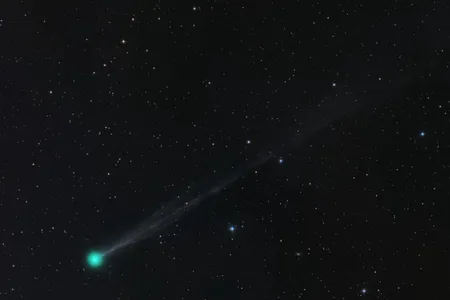Astronomers Discover ‘Ammonite,’ a Mysterious Distant Object That Could Shed Light on Our Solar System’s History
The celestial body’s unusual orbit “implies that something extraordinary occurred” in the early days of the solar system—and throws a wrench in the Planet Nine idea
For the First Time, Astronomers Capture ‘Smoking Gun’ of Early Solar System Formation
Telescopes detected the first stages of hot minerals condensing from gas around a young star called HOPS-315
Scientists Have Never Confirmed a Meteorite From Mercury. Could These Space Rocks From the Desert Be the First?
Two meteorites found in the Sahara show tantalizing similarities to the innermost planet, and while researchers say they are likely not direct samples, “one cannot rule out” the idea
A Rare Interstellar Object Is Blazing Through Our Solar System, Marking Only the Third Cosmic Visitor on Record
The comet follows just two other deep space objects documented by astronomers in 2017 and 2019
See the First Breathtaking Images Captured by the Powerful New Telescope at the Rubin Observatory
Featuring never-before-seen views of galaxies and more than 2,100 newly discovered asteroids, the observations are only a taste of what to expect from the telescope’s upcoming decade-long survey
See the Beauty of an Artificial Solar Eclipse, Created With a First-of-Its-Kind, ‘Perfect’ Satellite Formation
Two satellites’ highly precise alignment allows scientists to study the sun’s outer atmosphere like never before
See the First-Ever Direct Images of the Sun’s South Pole, Captured by the Solar Orbiter Spacecraft
The spacecraft’s tilted orbit will allow scientists to investigate the mechanisms behind space weather that impact crucial human activity on Earth
NASA Spacecraft Orbiting Mars Captures Image of Giant Ancient Volcano Just Before Dawn
The perspective is what astronauts would see out their window if there was an International Space Station flying around the red planet
See the Highest-Resolution Views of the Sun’s Corona, as Wisps of Plasma Dance in Crystal Clear Detail
Astronomers have captured videos of the sun without the typical blur caused by turbulence in Earth’s atmosphere
Astronomers Discover a Possible Dwarf Planet Far Beyond Neptune, Where There Should Have Only Been Empty Space
As it orbits the sun once every 25,000 years, the celestial body 2017 OF201 travels beyond the Kuiper Belt into a region thought to be largely devoid of objects
Should Scientists Inject Saturn’s Moon Enceladus With Life?
A new study proposes that seeding the orb’s underground ocean with microbes might help us learn how to make other worlds habitable
The U.S. Ran Its First Space Weather Preparedness Drill—Here’s How It Went
Ironically, the exercise last May was interrupted by a real scenario, when Earth was hit by the strongest solar storm in two decades
NASA Engineers Revive Long-Dormant Thrusters on Voyager 1, the Farthest Spacecraft From Earth, in a ‘Miracle Save’
In the nick of time, NASA teams addressed clogging issues in the probe’s backup roll thrusters, before the only antenna capable of sending commands to it went offline
Sun Launches Its Strongest Solar Flare of the Year So Far, Causing Radio Blackouts Around the World
The new sunspot responsible for this powerful blast is rotating into view, which could bring more solar activity—and potential aurora-causing coronal mass ejections—to Earth in the coming days
See the First Visible Auroras Captured on Mars, Glowing a Hazy Green Above the Planet
Scientists directed NASA’s Perseverance rover to take an image of the Martian sky after a solar storm in hopes that an aurora would show up
Check Out Jupiter’s Stunning Auroras, Which Are Hundreds of Times Brighter Than Earth’s, in the James Webb Telescope’s Latest Images
The infrared views, captured in 2023, shed light on the giant planet’s atmosphere and magnetosphere—but they also reveal something unexpected
A Soviet Spacecraft Is About to Crash Back to Earth After Being Stuck in Orbit for 53 Years
The Cosmos 482 lander was intended to reach Venus, but it has instead been circling Earth since 1972
NASA’s Lucy Spacecraft Just Flew by a Strange, Peanut-Shaped Asteroid. See the New Images From the Approach
The close-up views of asteroid Donaldjohanson are a preview of what’s to come for Lucy on its 12-year quest to study Jupiter’s Trojan asteroids
The Moon’s Far Side Is Strangely Dry—Lunar Samples Suggest It’s Much More Parched Than the Side That Faces Earth
Chinese researchers analyzed the first-ever soil samples returned from the far side of the moon, but further samples will be needed to verify their findings
A Newly Discovered and Brilliantly Green Comet Is Dazzling Astronomers. Here’s What to Know About the Glowing Celestial Visitor
Initial observations suggest the comet, called C/2025 F2 (SWAN), will continue getting brighter as it approaches the sun. Northern Hemisphere viewers with binoculars can currently spot it in early morning skies
Page 1 of 19
